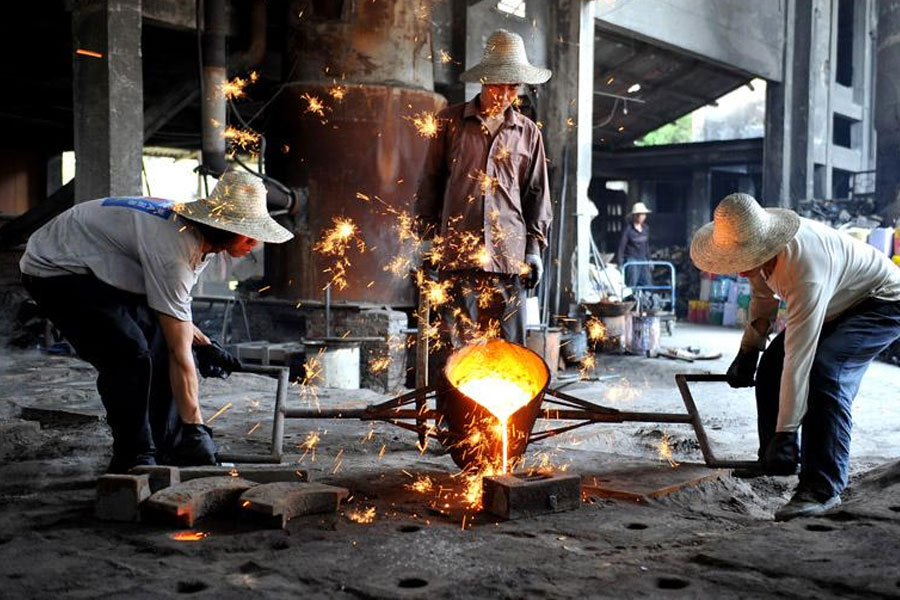Beryllium bronze is a typical age-hardened alloy. It has a series of advantages such as high elasticity, high strength, high conductivity, corrosion resistance, fatigue resistance, small elastic hysteresis, non-magnetism, and no sparks when impacted. prospect.
In this paper, high-strength beryllium copper wire was prepared by intermediate frequency melting casting-hot forging-hot rolling-cold drawing-solid solution-aging and other processes. The effects of parameters such as solid solution temperature, aging temperature, aging time, and cold deformation before aging on the microstructure, properties, and aging characteristics of the alloy were studied through analysis methods such as mechanical property test, electrical property test, light microscope, and scanning electron microscope. Analysis and explanation of related mechanisms.
“Chinese beryllium copper factory test results show”
1. After the QBe2 beryllium copper alloy is subjected to solid solution treatment at 780 ℃ × 10min and 320 ℃ × 2h, the tensile strength reaches 1257MPa; QBe2 alloy can make the beryllium-rich phase fully dissolved in the α matrix after solution treatment, and the aging treatment makes Grain boundaries are thickened, and no severely aggregated precipitation phase can be seen on the grain boundaries. There are obvious precipitation lines inside the α grains. After solution, a large number of fine uniform dimples are distributed on the tensile fracture, which is a typical plastic fracture. After the aging, a large number of discontinuous precipitation of hard and brittle phases occur at the grain boundaries, and the tensile fracture shows brittle fracture along the crystal. Cold deformation before aging is conducive to precipitation of the precipitated phase along the intra-granular slip line, inhibits discontinuous precipitation at the grain boundaries, and reduces the amount of precipitates at the grain boundaries
2. Deformation aging can increase the aging precipitation speed of the alloy; through orthogonal experiments, it is concluded that the best process for QBe2 alloy deformation aging treatment is: 44% cold deformation + 300 ° C × 2h aging treatment.
3. After this process, the strength of the material reaches 1390 MPa, which is 10.3% higher than that of the general soft state peak aging. The aging treatment can significantly reduce the resistivity of the alloy, and the effect of aging temperature is particularly important. The aging process reduces the content of solid-solution elements in the matrix and reduces the scattering of electrons, thereby reducing the resistivity of the alloy; the aging treatment of the deformed alloy, the greater the amount of deformation, the more obvious the decline in resistivity. Deformation and aging treatment can significantly increase the strength of the alloy without significantly reducing the electrical conductivity of the alloy.
